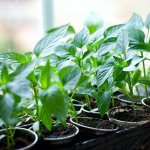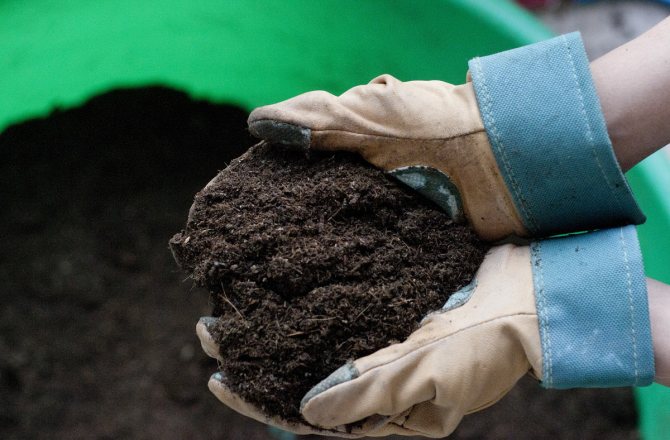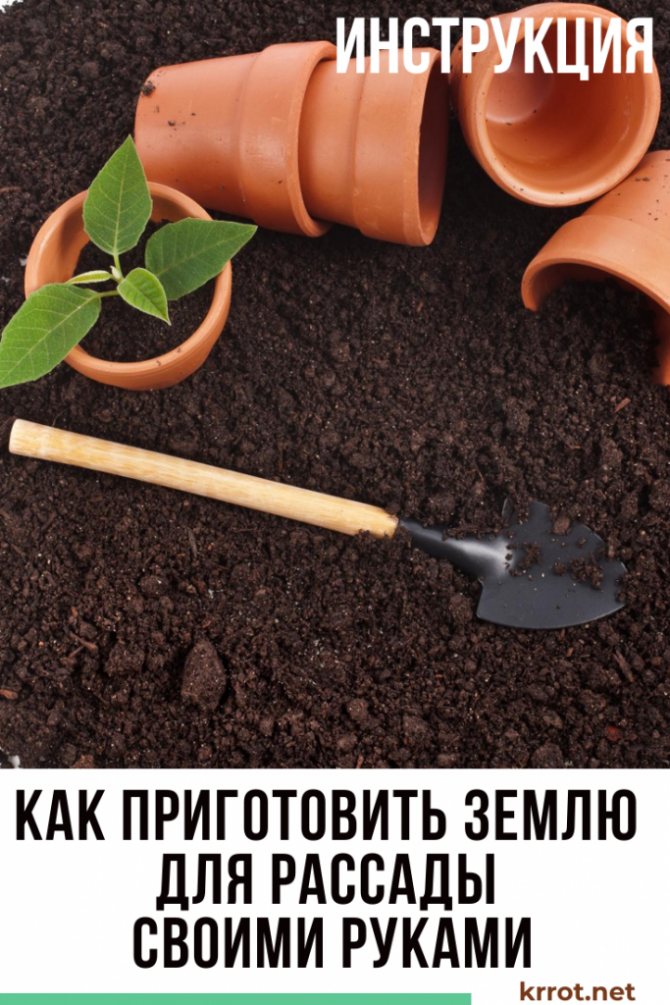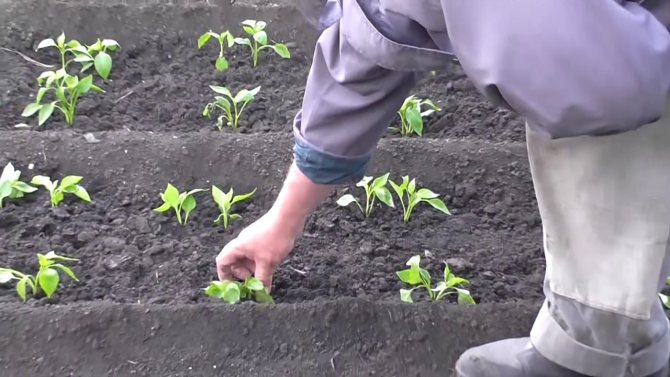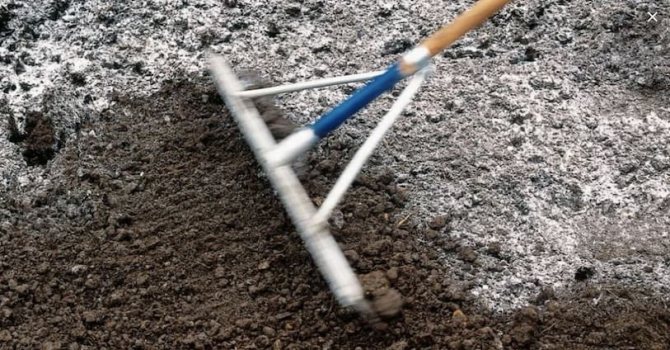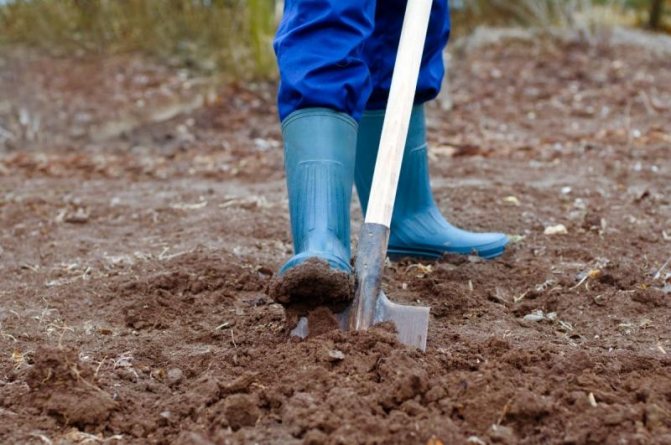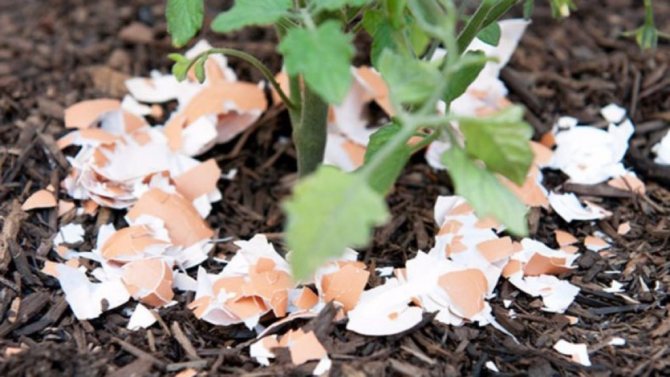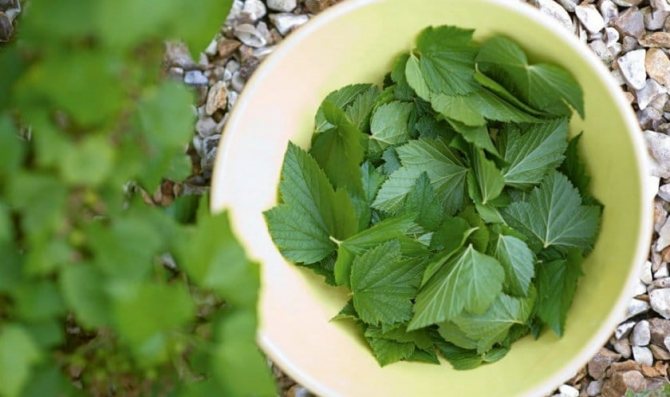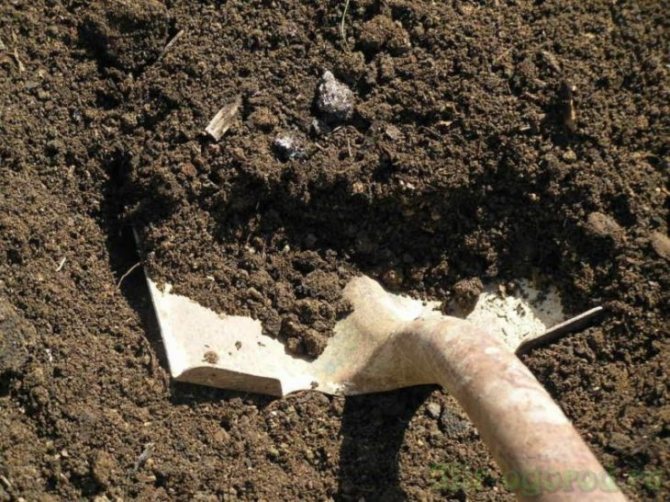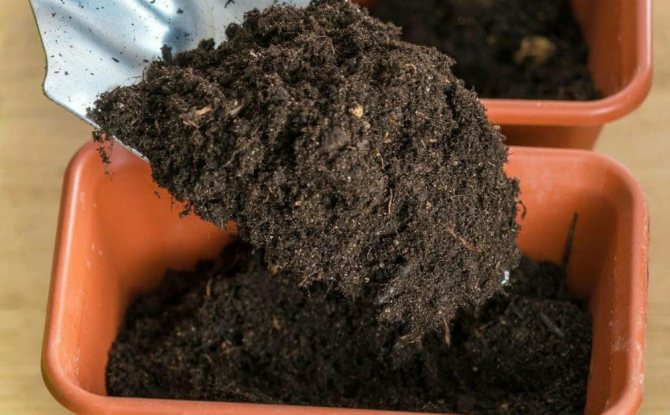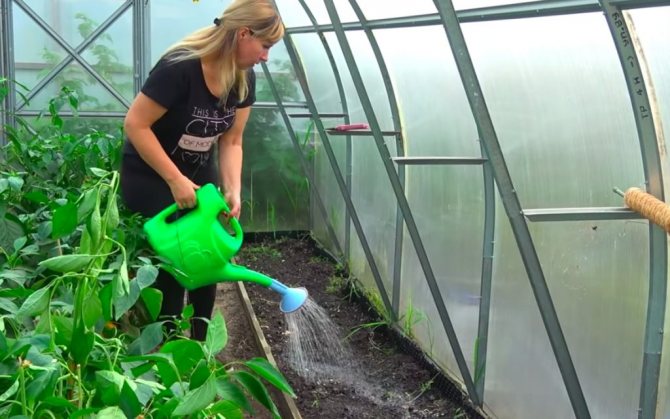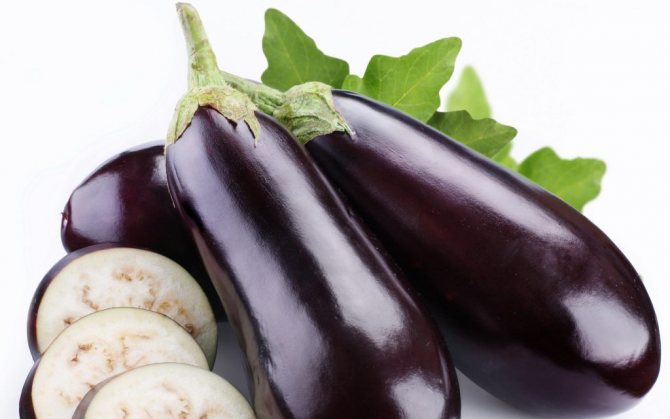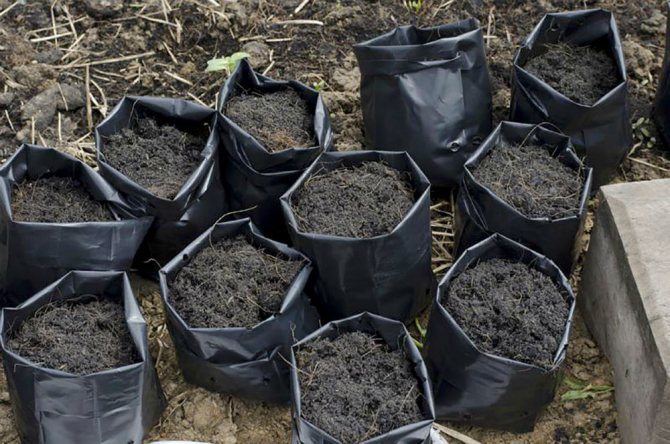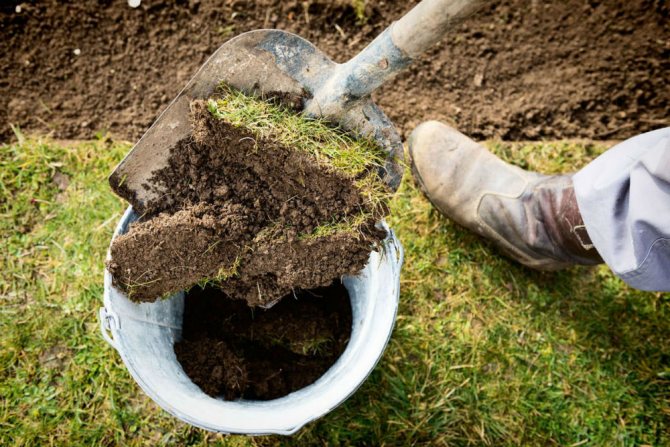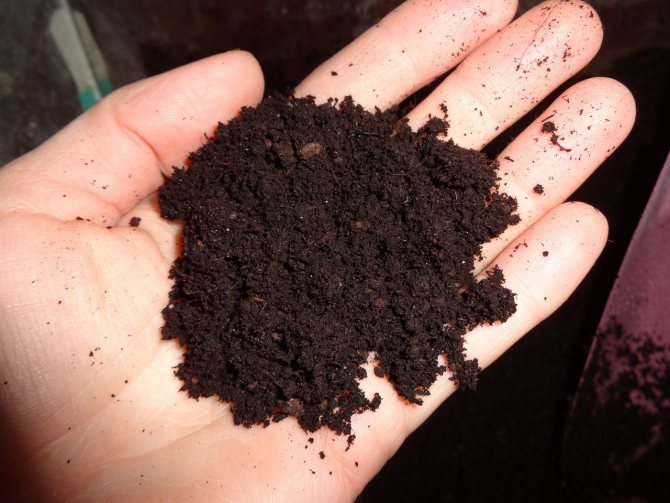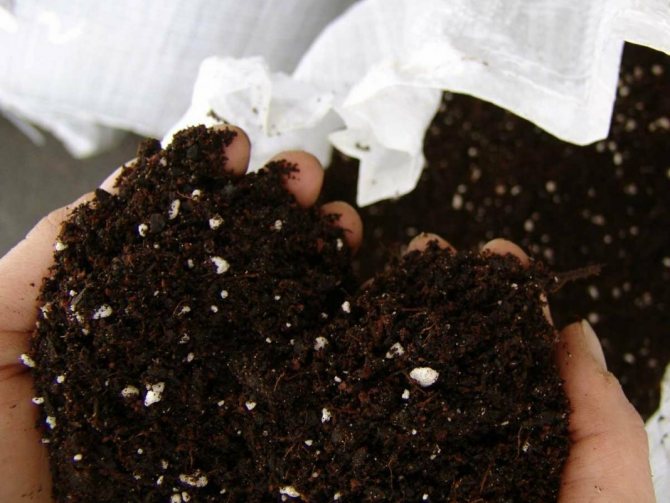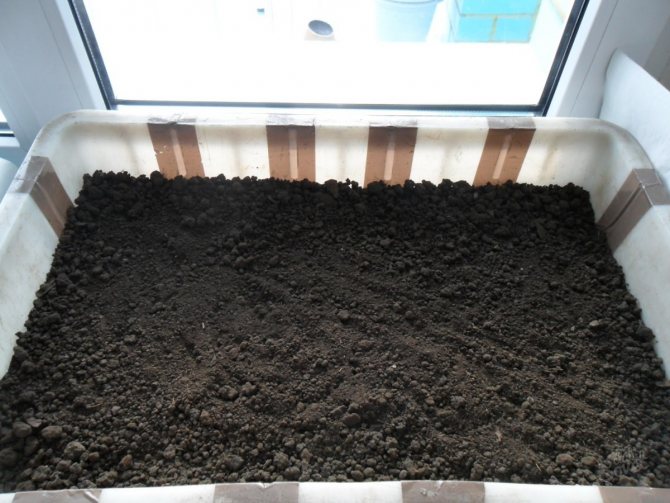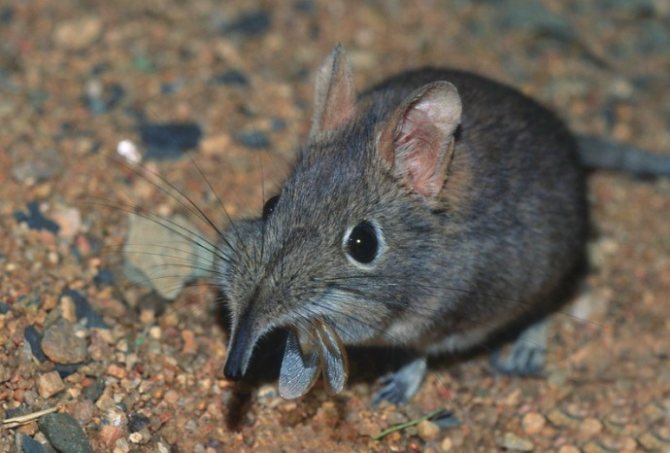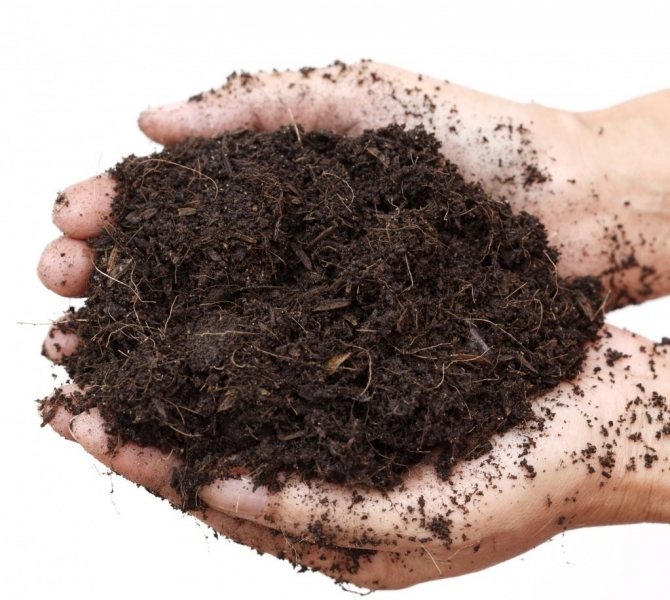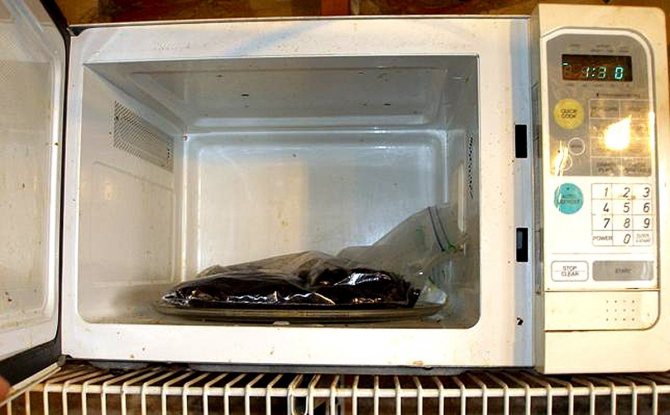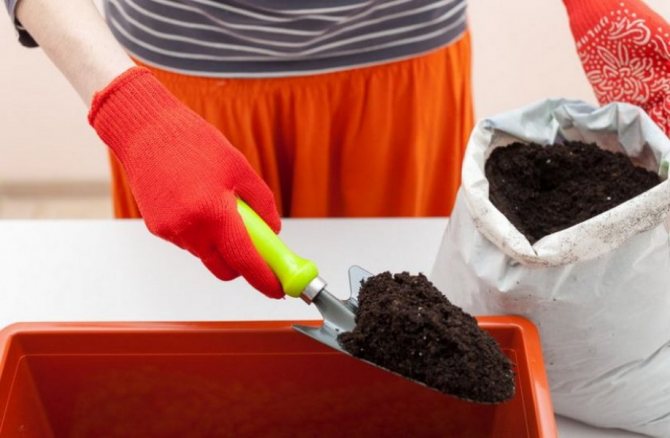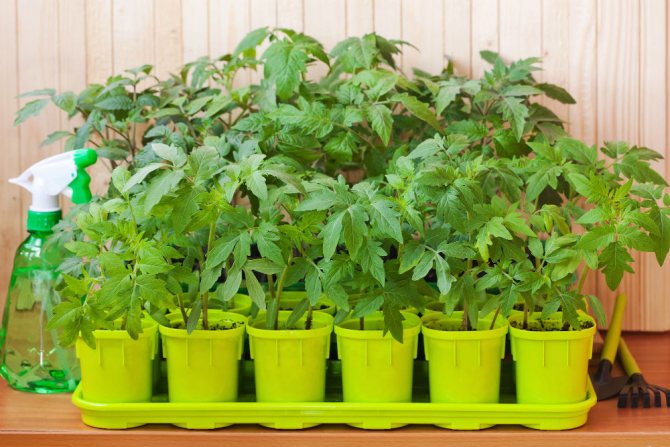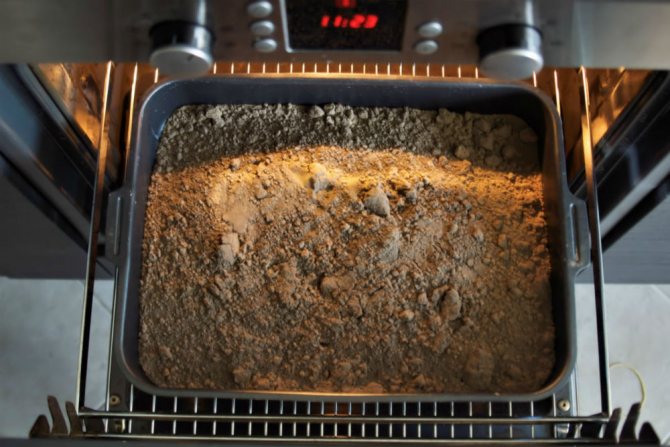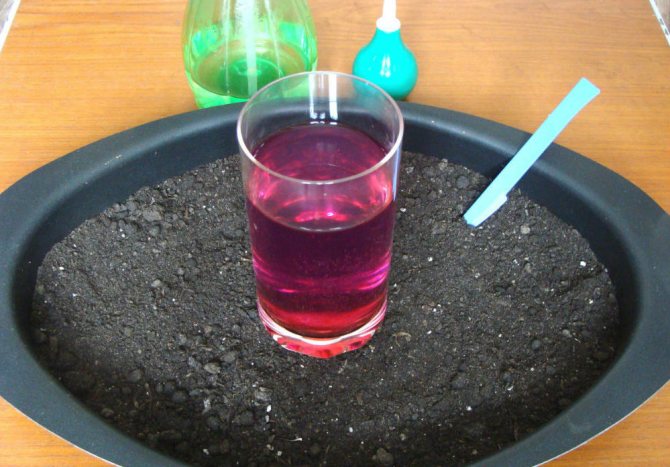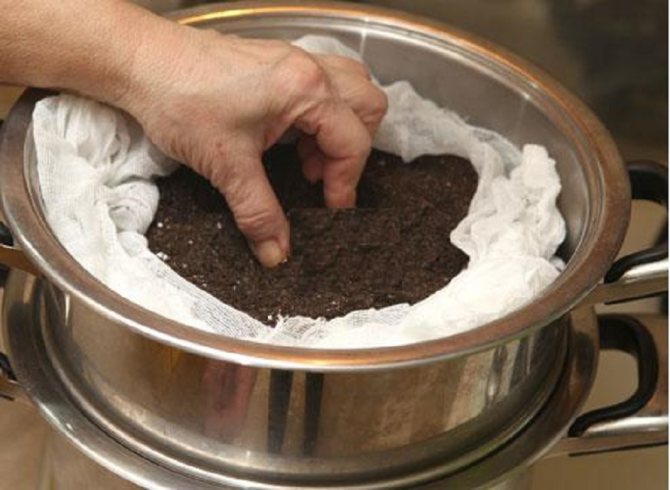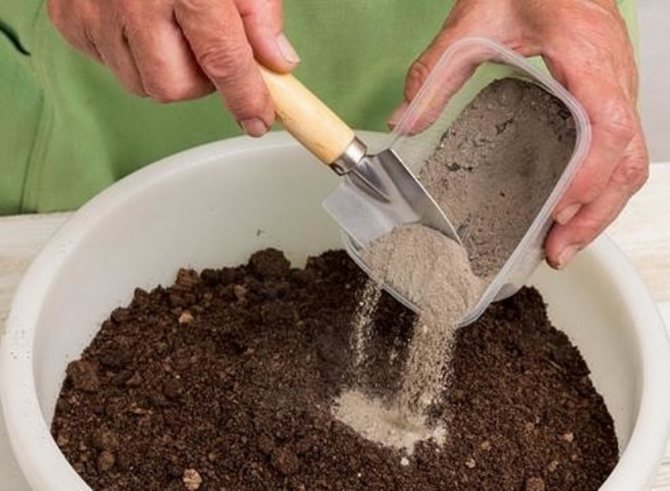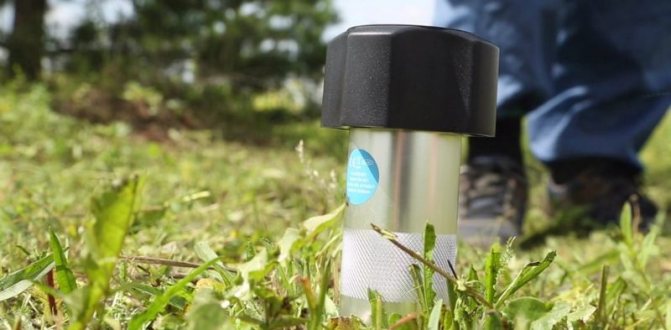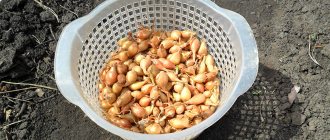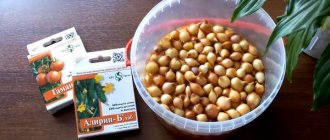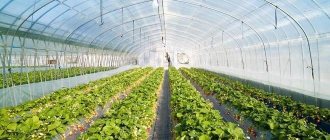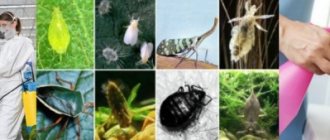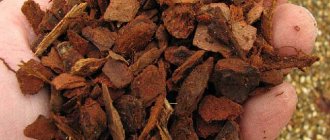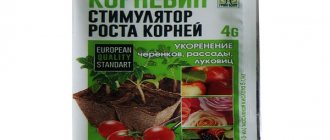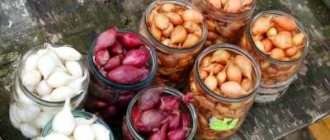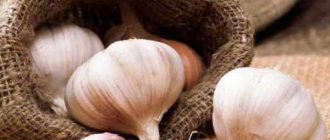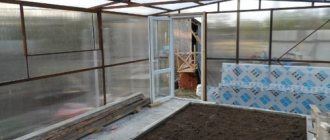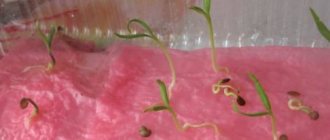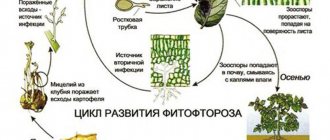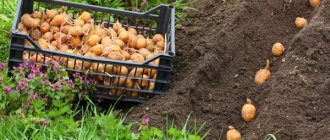The size of the harvest depends on many factors: the quality of the seeds, the correct variety, weather conditions and adherence to agricultural practices. But without good seedlings, all work will be in vain. It is at the beginning of life that the health and strength of the plant is laid. A special role in this is played by the soil into which the seed enters and where the root system develops. Each crop has its own preferences regarding the composition of the soil substrate. Pepper is no exception.
Soil composition for seedlings
The soil mixture may include:
- turf, garden soil - prepare in advance - in the summer, cut the turf and stack it;
- rotted plant and animal remains;
- peat;
- compost;
- moss;
- husk from seeds;
- eggshell;
- ash.
To absorb, retain moisture, and loosen the soil mixture is supplemented with:
- river sand;
- perlite, vermiculite;
- hydrogel;
- broken brick or expanded clay.
Supplements prohibited for growing seedlings:
- Clay - makes the soil mixture heavy and dense. In it, plants get sick or die quickly.
- Degradable additives - unripe leaves, grass, mullein (fresh manure), bird droppings, tea leaves, coffee grounds, sea sand. In the process of decay, compounds generate heat, which reduces the amount of nitrogen in the earth. The seeds may not hatch or slow down their growth; at temperatures above 28 degrees, the root system dies.
Substrate for spicy greens
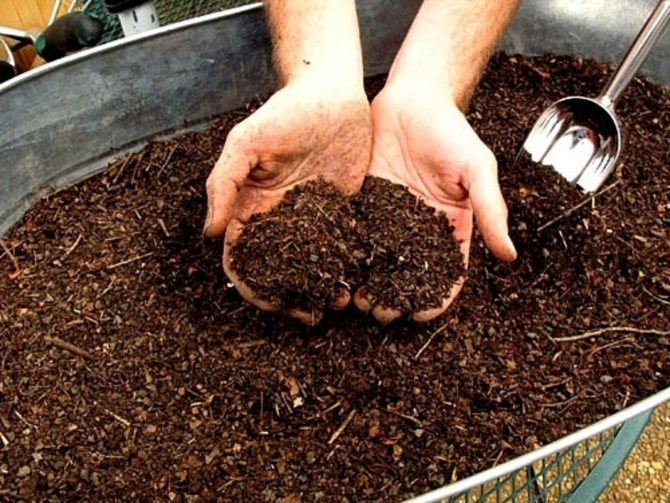
Spicy herbs are grown on the windowsill for food and for seedlings. Popular varieties that are grown at home:
- basil;
- thyme;
- mint;
- Melissa;
- rosemary;
- marjoram;
- oregano.
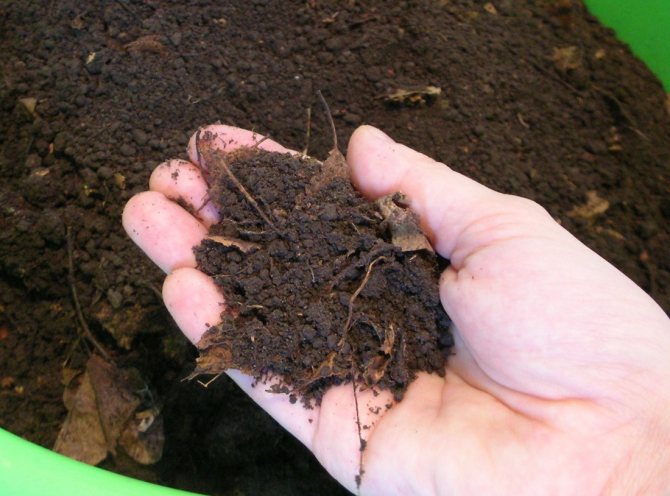

Ready soil for plants
1 liter of soil mixture may contain phosphorus - 200-300 mg, nitrogen - 150-250 mg, potassium - 200-350 mg. When choosing a product, pay attention to the following options:
- "Living Earth" from "Terra Vita". 1 liter contains 150 mg of nitrogen, 270 mg of phosphorus, 300 mg of potassium. Smells good, "breathes". The product does not need additional enrichment, it can be used immediately for its intended purpose.
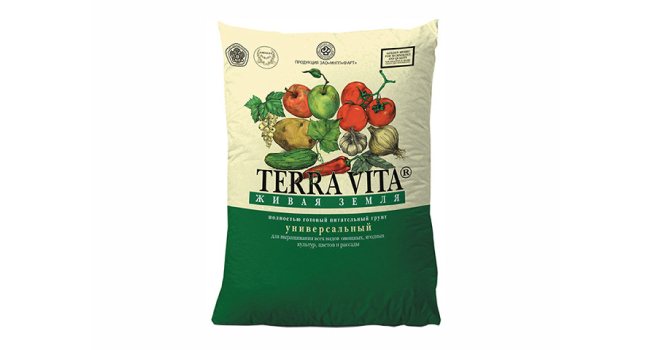

"Living Earth"
- "Strong" from "FASCO". 1 liter of soil mixture consists of 250 mg of nitrogen, 400 mg of phosphorus, 500 mg of potassium. Pros - can be used without additional enrichment, the product is moisture-consuming, breathable, without pathogenic flora, lumps, impurities.
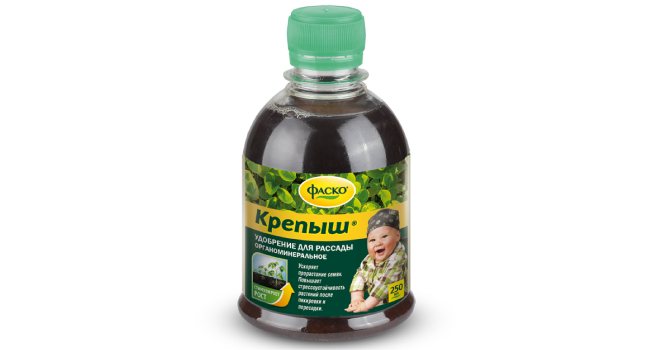

Sturdy
- Geolia. The product is enriched with manganese, boron, zinc, copper, cobalt, iron, molybdenum. Pros - normal acidity (5.5-7), uniform consistency, rich composition provides fast germination, seedlings are healthy and strong. Minus - poorly saturated with moisture. Before using for tomatoes, cucumbers, flowers, herbs, cabbage, enrich the composition with nutritional complexes.
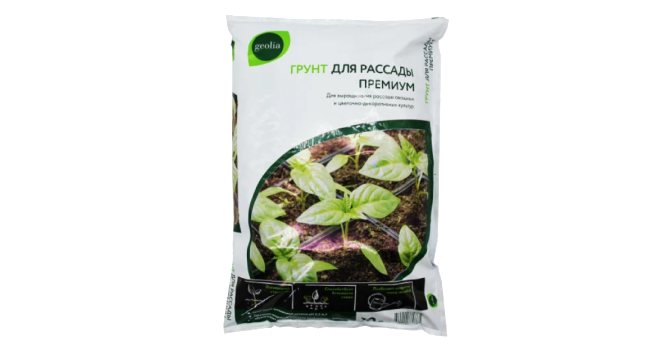

Fertilizer Geolia
- "Bogatyr" from LLC "Lama Peat". The product is enriched with peat mixture, river sand, lime flour, mineral complexes. Pros - uniformity, friability, moderate humidity, no lumps, stones, debris, can be immediately used for tomatoes, eggplants, flowers, herbs, cabbage.
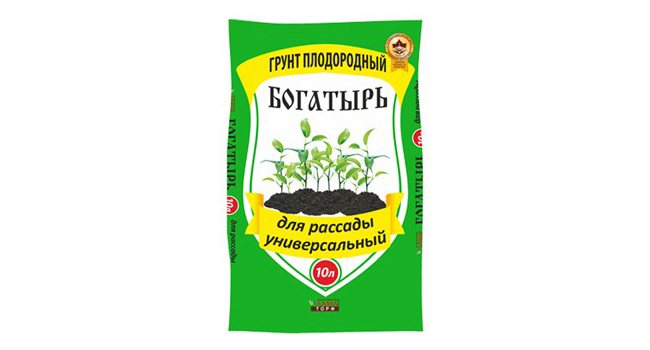

Fertilizer Bogatyr
- Peter Peat "Universal". The basis is a peat mixture. Pros - uniformity, no lumps, debris, can be used for tomatoes, cucumbers, flowers, herbs, cabbage.
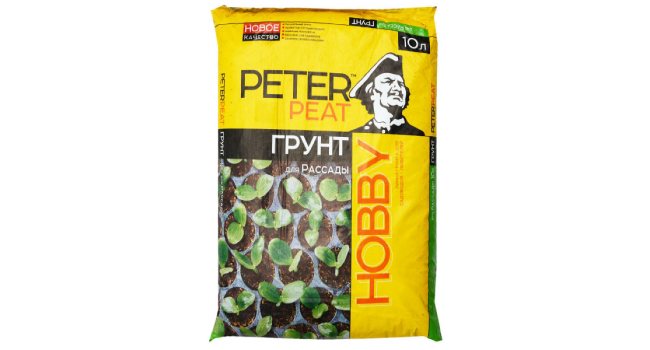

Peter peat
- "The Magic Garden". 1 liter of the product contains 100 mg of nitrogen, 50 mg of phosphorus, 200 mg of potassium. Pros - uniformity, no stones, debris. Before use for tomatoes, cucumbers, flowers, greens, cabbage, it is advisable to enrich with nutritional complexes.
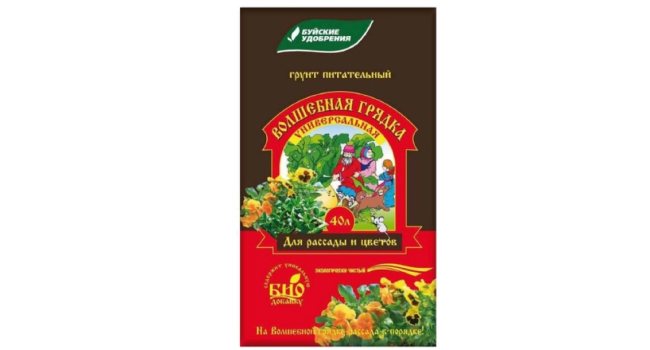

Magic garden
What soil to choose
Purchased or self-created seedling soil must meet the following requirements:
- Uniformity... There should be no large elements - stones, plant components, debris.
- Fertility and balanced composition... The substrate should contain elements - P, S, Mg, Ca, K, N. Some components help in seed germination, root formation, others are needed to build up green mass, strengthen immunity.
- Purity... Use only sterilized formulation. There should be no impurities, heavy metals, industrial waste, sick microorganisms, weed seeds, fungal spores.
- Neutral acidity... The required pH is 6.5-7. If necessary, you can deacidify the soil with lime, lime flour, wood ash, chalk.
- Fraction... Acceptable indicators are 3-4 mm. If the fraction is too small, there is a risk of acidification of the substrate, with a large fraction, moisture quickly evaporates. If necessary, you can sift the soil mixture.
- Structure... Give preference to light and loose soil mixtures. They must pass air and water well.
- Moisture capacity... It is important that the substrate absorbs and retains water.
How to improve the store soil mixture
If you cannot prepare the composition with your own hands, buy it. Ready-made products do not always contain the right amount of nutrients. As a rule, peat is the main universal composition. It is desirable to reduce its acidity and improve water permeability. Prepare the following composition with your own hands:
- Take a universal peat mixture, add disinfected garden soil (1: 1).
- Combine a bucket of substrate with 3 tbsp. l. chalk or lime flour.
- Add a pinch of vermiculite.
Peat pots
Made from peat, adding cardboard or paper.
Benefits. In containers of about 70% peat, the best conditions are created for the plants. Seedlings are planted in pots directly in the garden: the roots are not damaged, the natural material decomposes and does not interfere with growth.
Disadvantages. Dry soil hardens, and waterlogged soil becomes moldy. Pots (with a high content of cardboard) do not decompose well, so their walls and bottom are torn when planting seedlings.
DIY seedling land
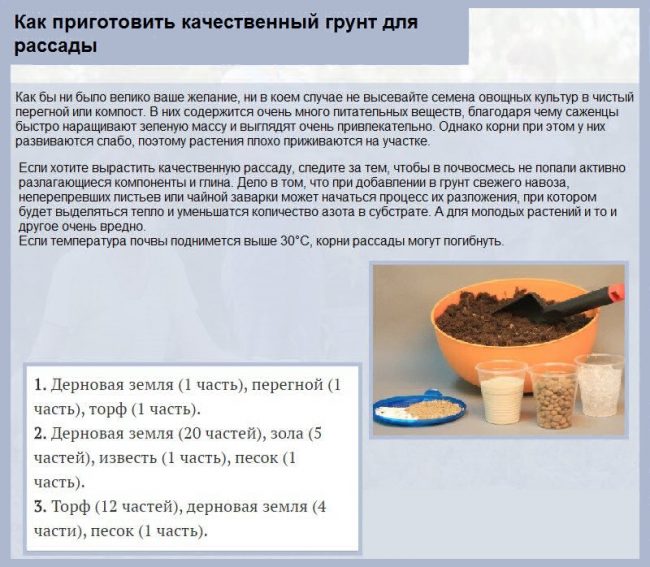

How to prepare quality soil
Different horticultural crops must be grown in special soil mixtures. Consider the ratio of ingredients when creating them. Add additional components (urea, ammonium nitrate and others) after disinfecting the soil. You can prepare a substrate with your own hands like this:
- Take dry ingredients, tools - a basin or bucket, small rakes, a spatula, a measuring cup or mug. To avoid staining the floor, spread the oilcloth.
- Pour the required amount of components into a bucket or basin, mix thoroughly.
- Place the ready-made composition in "breathing" bags with a volume of up to 20 liters.
- Transfer the compound to an unheated storage area.
Soil with sawdust for tomato seedlings
Almost all types of soil consist of sod soil, rotted plant and animal remains, sand, vermiculite or perlite, peat. Additionally add urea, ash. To make the soil for tomatoes slightly alkaline, add a little ash. Peat can be replaced with rotted sawdust. Scald them with boiling water before use. Learn how to prepare tomato substrate with and without sawdust:
- Mix the rotted plant residues with the peat mixture + turf soil + sawdust (1: 1: 1: 1). 1 tbsp is taken on a bucket of soil. ash, 2 tbsp. l. "Superphosphate", 0.5 tbsp. l. potassium sulfate, 0.5 tsp. urea.
- Combine peat with sand (1: 1). The composition is carefully spilled with a solution of 25 g of "Superphosphate", 20 g of potassium sulfate, 8 g of carbamide (urea), 8 liters of water.
- Peat mixture + rotted plant residues (1: 1). 35 g of "Superphosphate", 0.5 l of wood ash are taken on a bucket of substrate.
- 8 kg of peat mixture + 2 kg of sod soil + 2 kg of humus + 1 kg of sawdust. On a bucket of composition, 5 g of ammonium nitrate, potassium chloride, 10 g of "Superphosphate", 40 g of wood ash are taken.
Eggplant
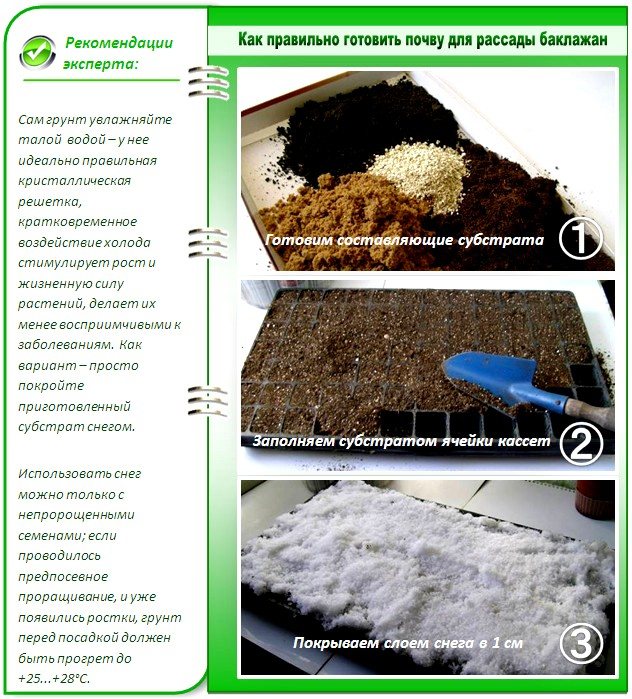

Soil for growing eggplant
Nutrient preparation:
- fertile soil + rotted plant residues + any drainage (1: 1: 1);
- humus + peat mixture + rotted sawdust (2: 1: 0.5);
- half a bucket of garden soil + 0.5 tbsp. wood ash + 0.5 tbsp. l. "Superphosphate" + 0.5 tsp. urea or potassium sulfate
Cabbage
Seedlings will be healthy if you additionally use ash, fluff lime, potassium sulphide, "Superphosphate". You can prepare a substrate with your own hands for white, red, cauliflower, Brussels sprouts, broccoli like this:
- Rotten plant remains + river sand (1: 1). 0.5 tbsp is taken on a bucket of composition. ash, 0.5 tbsp. lime fluff, 45 g "Superphosphate".
- 3 kg of peat mixture + 1 kg of sod land + 0.5 kg of sand + 100 g of fluffy lime + 10 g of potassium sulfate + 10 g of "Superphosphate".
- Humus + peat mixture (1: 1).
- Sod soil + ash + fluff lime + river sand (20: 5: 1: 1).
- Peat mixture + turf soil + river sand (12: 4: 1).
Pepper
Prepare one of the substrate options with your own hands:
- 2 kg of peat mixture + 1 kg of turf soil + 0.5 kg of sand + 0.5 kg of sawdust + 25 g of lime flour + 10 g of "Superphosphate" + 5 g of carbamide + 5 g of potassium sulfate;
- sod soil + rotted plant residues (1: 2);
- peat mixture + rotted plant residues (2: 2);
- compost + turf soil (3: 2);
- peat mixture + turf soil (2: 1);
- peat mixture + turf soil + humus + sawdust (4: 2: 1: 1).
Cucumbers
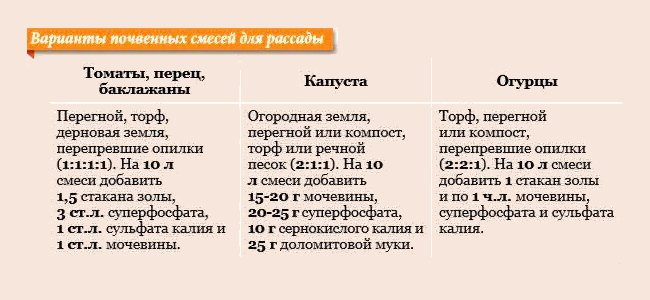

Soil recipes for vegetable seedlings
Do-it-yourself soil preparation:
- Leafy earth + compost (half a bucket) + 0.5 tbsp. ash + 5 g of potassium sulfate + 5 g of "Superphosphate".
- Peat + rotted plant residues + rotted sawdust (2: 2: 1). For 8 liters of the composition, 0.5 tbsp is taken. ash, 0.5 tsp. urea, "Superphosphate", potassium sulfate.
- Humus + sod soil (1: 1). On a bucket of a mixture of 8 g of potassium sulfate, 10 g of "Superphosphate", 0.5 tbsp. wood ash.
- Peat mixture + rotted plant residues + rotted sawdust (1: 1: 1).
Pumpkin, melon and watermelon
In addition to these crops, gardeners often grow seedlings of chayote, melotria, momordica, trichozant, beninkaza, fitsephaly, and lagenaria. Soil preparation for crops is performed as follows:
- 2.5 kg of peat mixture + 1 kg of sod land + 1 kg of river sand + 0.5 kg of sphagnum moss or coconut fiber + 25 g of "Superphosphate" + 10 g of carbamide + 10 g of potassium sulfate.
- Mix humus with turf soil (1: 1). On the floor of a bucket of 0.5 tbsp. ash.
Universal primer
For any culture, such a soil mixture is suitable - garden soil + compost + rotted plant residues + peat mixture + sawdust or river sand (2: 1: 1: 1). For 5 liters of universal soil, various useful additives are used:
- Cucumbers - 5 g of ammonium nitrate, 5 g of "Superphosphate", 5 g of potassium sulfate, 5 g of lime flour.
- White, red, cauliflower, Brussels sprouts, broccoli - 8 g of "Superphosphate", 8 g of ammonium nitrate or carbamide, 10 g of "Superphosphate", 5 g of potassium sulphide, 10 g of lime flour.
- Eggplants and peppers - 5 g of ammonium nitrate, 65 g of "Superphosphate", 10 g of potassium sulphide.
- Tomatoes - 10 g of "Superphosphate", 5 g of carbamide, 10 g of potassium sulfate, a handful of wood ash.
Checking the acidity level
You can only grow good pepper seedlings in non-acidic soil. The acidity level is checked in special laboratories, but such a service is not available for many gardeners. In this case, a quality pH meter can be purchased.
You can quickly and easily check the acidity of the soil with 9% vinegar. A small amount of earth is poured onto the oilcloth and poured over it with a tablespoon of the product. The appearance of abundant foam indicates that the substrate is alkaline. This soil is not suitable for peppers, as this crop prefers soils with a neutral pH.
If very little foam is formed, then the substrate is slightly acidic or neutral, it can be used for planting seedlings.
The absence of foam means that the ground is acidic and should not be used for planting peppers.
This method can be used to check the soil and garden plots.For this, the substrate is taken from different places in the garden, since the acidity indicators may differ.
Preparing the soil for seedlings
Create soil from garden soil. So, when transplanting to a permanent place, the seedlings will experience less stress. As a rule, many harmful microorganisms, eggs of dangerous insects, accumulate in the garden soil over the summer. To destroy them, disinfect the composition.
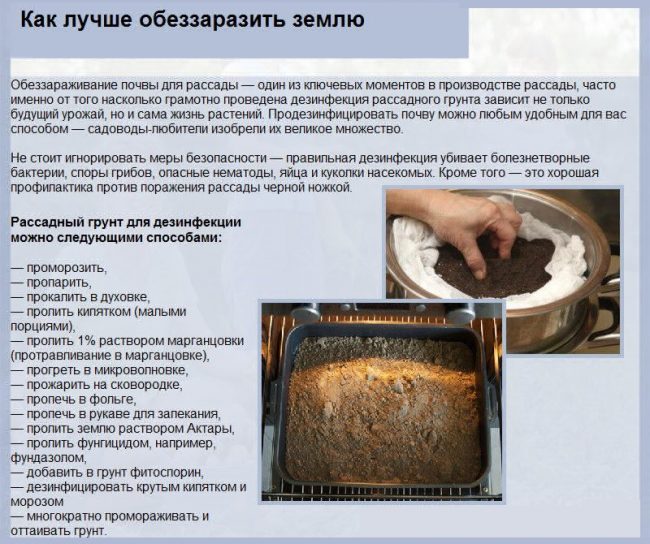

How to disinfect seedling soil
Freezing
Features of soil mixture preparation:
- When there is a severe frost (temperature -15-25 degrees), the soil for seedlings of tomatoes and peppers is taken out into the street.
- After complete freezing (after 1-2 days), bring the earth into the house - this will help "wake up" the surviving pests and weed seeds.
- Put the bags outside again for 1-2 days.
- Repeat the procedure 2-3 times.
Steaming
The method is used not only for disinfection, but also for uniform soil moisture. You can steam the soil for seedlings like this:
- Empty the substrate into a colander.
- Keep the soil for 10 minutes over a container of boiling water. Stir the ground constantly while doing this.
- Cool, use a plant substrate.
Calcination
Learn how to prepare soil using high temperatures:
- The prepared composition or soil from the forest is poured onto a pallet, a baking sheet - the layer should be about 5 cm.
- Moisten the soil with a spray bottle, put it in a preheated oven for half an hour (70-90 degrees).
- Remove and cool the substrate, use for growing seedlings.
Etching
This method is the simplest and fastest, therefore it is very popular among gardeners. Substrate preparation scheme:
- Empty the soil into a container with drainage holes.
- Spill the earth well with a solution of potassium permanganate - 3 g / 10 l of water.
- If necessary, additionally use preparations that are harmless to seedlings - "Quadris", "Bravo", "Hom".
What is disinfection used for?
Many gardeners prefer to prepare their own soil for planting seeds. Careful processing guarantees a quality material, enriched with nutrients and oxygen. Disinfection solves a number of problems:
- reduces pathogenic microflora;
- cleans from organic residues;
- getting rid of pest larvae;
- destruction of fungal spores, dangerous bacteria.
The purchase of soil in the store does not guarantee the absence of harmful microorganisms. Disinfection increases germination, gives strong seedlings. The procedure is necessarily carried out if the gardener takes sod land in the area under the crown of trees: it contains larvae, scab spores, gray rot.

